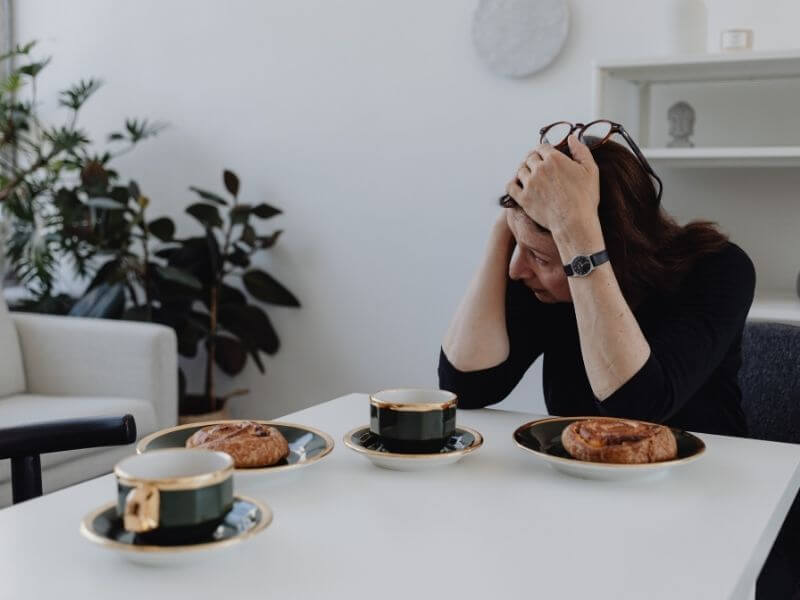Many women who have experienced menstrual cramps are told to get relief by taking a hot bath or using a warm compress on their belly. And there’s some truth to this age-old wisdom, as warmth can help relax your muscles and ease pain. But not all pelvic pain is so simple.
Indeed, pelvic pain can be complex, and as such, there can be many ways to relieve it. If you are experiencing chronic pain, you should explore your options with your doctor. You owe it to yourself to seek treatment, because you deserve to live as pain-free as possible.
Understanding Pelvic Pain
The first step to relieving pelvic pain is to determine what is causing it. Pelvic pain is common in women, and it is usually referred to as chronic if it has lasted at least 3 months.1
Like with other forms of chronic pain, the underlying reasons for pelvic pain can be difficult for healthcare providers to determine.2 That said, especially when working with a pelvic floor specialist, many women will be able to determine the root cause. For example, we now know that endometriosis accounts for more than half of the cases of chronic pelvic pain.3 This is great news, since there are many options for diagnosing and treating endometriosis.
Ultimately is often a sign of an underlying issues, both gynecological non-gynecological reasons. Distinguishing between its possible causes is important for diagnosis and treatment.4
That’s why it’s best to speak to your doctor if you are experiencing chronic pelvic pain, or if you are experiencing abnormal pain related to menstruation. When you understand the cause, you’ll be much better able to either treat or relieve it.
Relieve Pelvic Pain – With Support
There are many medical interventions that can help relieve pelvic pain, ranging from over-the-counter pain medication to hormone treatments, antibiotics (if you have an infection), and antidepressants.
Surgery may be another option. For example, painful fibroids and polyps can be treated with a minimally invasive procedure known as uterine artery embolization (UAE) or with a technique called hysteroscopy.
Working with a physical therapist is another option that can help provide relief.
And while the pain is not in your head, boosting your mental health can help mitigate it,5 which means your doctor may recommend psychotherapy along with other treatments.
Relieve Pelvic Pain – At Home
One of the best ways to treat chronic pain is to boost your general health and well-being.6 And so things like exercise, losing excess weight and stopping smoking can all be beneficial.
Keep using those heating pads and hot baths if you find them helpful.
And consider practices like meditation and yoga that can help you relax. Stretching your hips, groin, buttocks and lower back in a safe, guided way can hep relieve tight muscles often associated with pelvic pain.
If you’re experiencing pelvic pain, you don’t have to suffer in silence, and your quality of life will improve dramatically if you find ways to get relief. Talk to your doctor about your pain (use our Physician Finder to find a pelvic specialist near you), and make sure to always use an ample dose of self care when you need it.
















